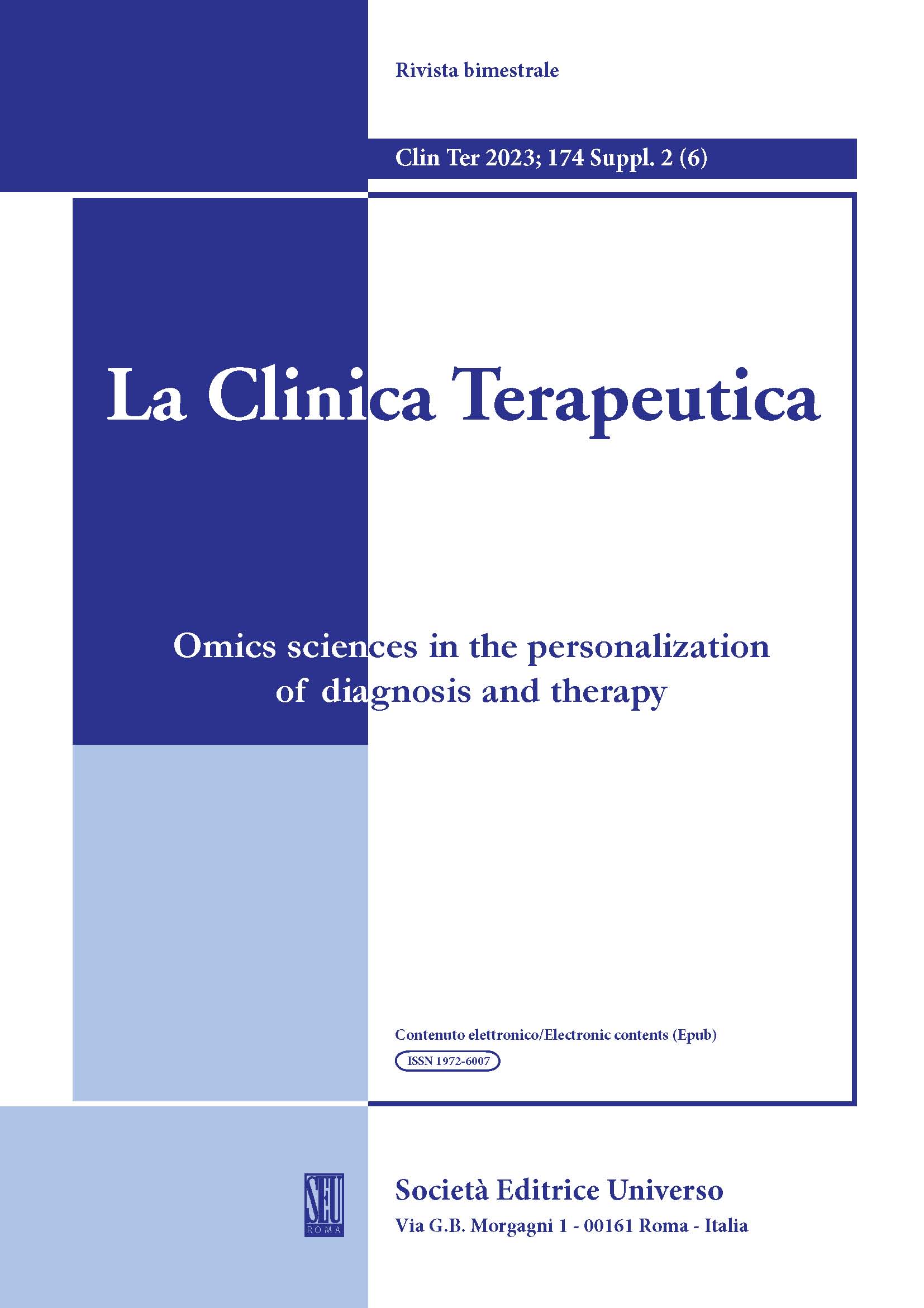Abstract
The worldwide infertility crisis and the increase in mortality and morbidity among infants, due to preterm births and associated complications, made researchers come up with artificial placenta (AP) and artificial womb (AW) technology as a novel solution. These technologies mimic the natural environment provided in the mother’s womb, using chambers that ensure the supply of nutrients as per the fetus’s needs and dispose of the waste substances through an appropriate mechanism. This review aims to highlight the background of AP and AW technologies, go over their historical development and proposed applications, and discuss about the challenges and the bioethics and moral issues. Further research is required to investigate the possible negative effects of these new technologies, and ethical concerns pertaining to the structure and operation of this newly developed technology must be addressed and resolved prior to its introduction to the public sphere.
